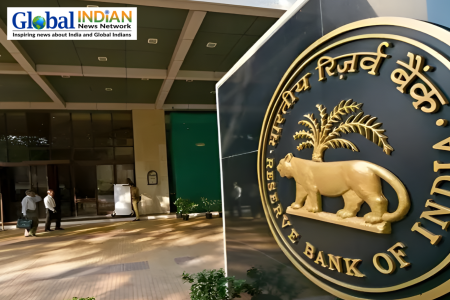
The World Bank has upgraded India’s growth outlook for this financial year, boosting it from 6.6% to a vibrant 7%. This upward adjustment is largely attributed to the government’s increased focus on infrastructure spending. According to the World Bank’s India Development Update, this surge in growth is fueled by heightened public investment in infrastructure and a rise in household investments within the real estate sector. On the supply side, the manufacturing sector demonstrated remarkable strength, growing by 9.9%, while the resilient services sector helped offset weaknesses in agriculture. Although growth slowed to 6.7% in the first quarter of FY25 due to weaker performance in agriculture and services, India still achieved an impressive 8.2% growth in FY24, solidifying its position as the fastest-growing major economy in the world.
Auguste Kouame, the World Bank’s country director for India, emphasized that India’s robust economic performance in the face of global challenges suggests the country is unlikely to fall into the middle-income trap if it continues with its current policies and reforms. Additionally, the International Monetary Fund (IMF) has adjusted its GDP growth forecast for FY25 to 7%, while Moody’s Ratings has raised its projection for 2024 to 7.2%. Looking ahead, the World Bank maintains a positive medium-term outlook, predicting GDP growth of 6.7% for FY26 and FY27. However, the report also draws attention to ongoing challenges, such as the high youth unemployment rate, which hovers around 17%, and a decline in direct employment linked to exports. The World Bank forecasts inflation at 4.5% for FY25, with a gradual decrease to 4.1% in FY26 and 4% in FY27, recommending that monetary policy continue to target both core and headline inflation to maintain stability.













